Gary Chillingworth reveals the advantage of good glass as he peers through the Schmidt and Bender 10x42HFT
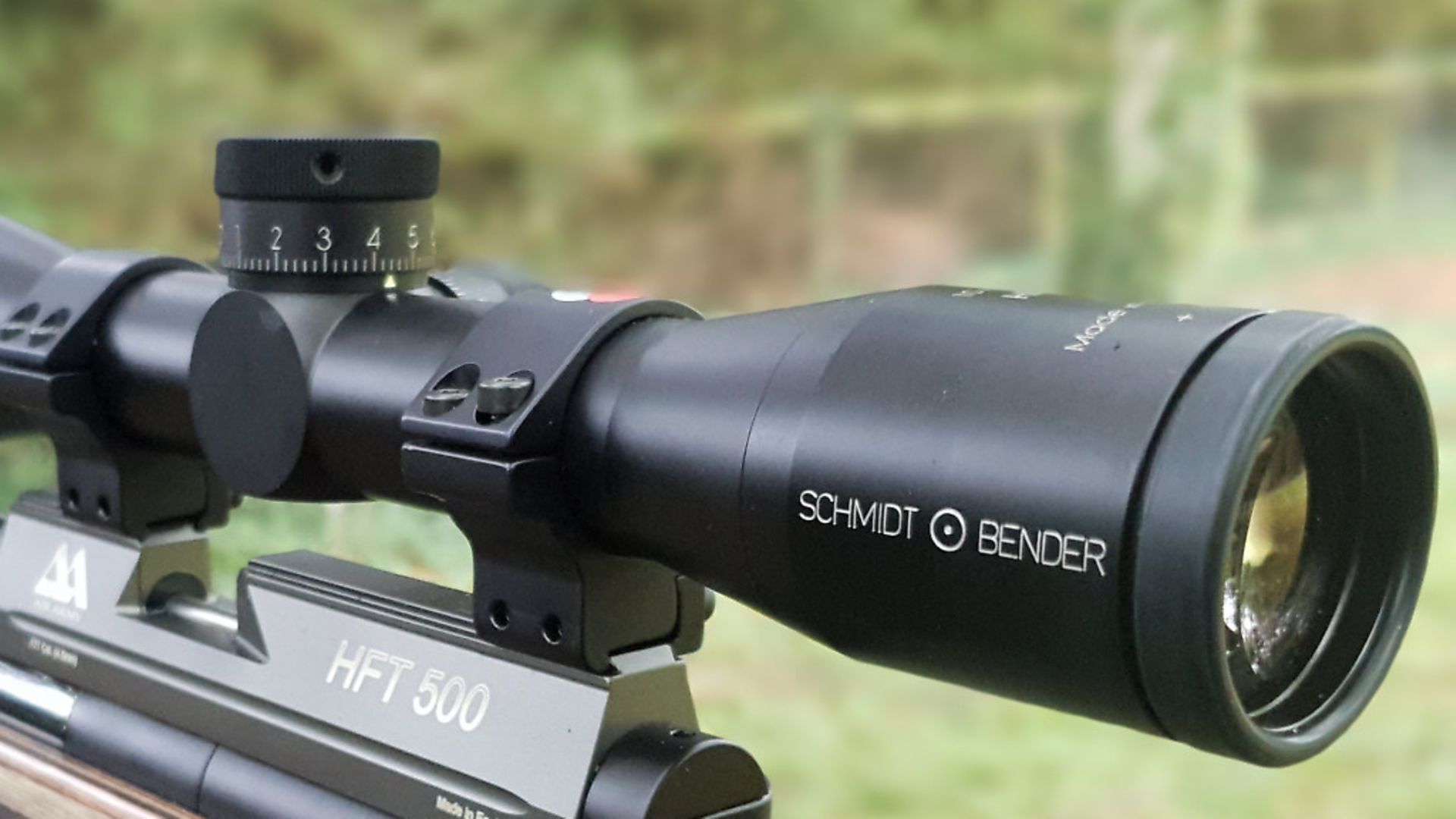 credit: Archant
credit: Archant
Before we start looking at the all-new Schmidt and Bender 10x42HFT, I want to go back to the June issue and answer the question about mount height and if it affects your trajectory.
In the world of HFT, there is a common trope that says, if you have high mounts it will tighten your ranges at distance, but increase them close up. Or to put it another way, if you have a 40-yard zero, then with medium mounts, your pellet will drop .6 of a mil dot at 45 yards, and 2 mil dots at 8 yards. However, if you put high mounts on your gun, your pellet will only drop .4 of a mi dot at 45 yards, but will drop 3 nil dots at 8 yards. This is correct, but what is causing the confusion is that people think is actually the pellet being affected.
What is actually happening is this: When you fire the gun, the pellet comes out of the barrel and climbs and then begins to drop. If you have high mounts, you are looking at the drop from a higher point and through the flatter part of the pellet's flight at long range. When you have low mounts, you are looking closer to the horizontal of the pellet's flight, and to the human eye, it looks like the pellet is dropping more. Confused? Yes, me too.
What you need to know is this: With a gun zeroed at 40 yards, the pellet will strike 20mm below crosshairs at 45 yards with low mounts; it will strike 20mm below with high mounts, and it will strike 20mm below with no scope on the gun at all. It does not matter what you do with the scope, it will not affect the ballistics and drop of the pellet.
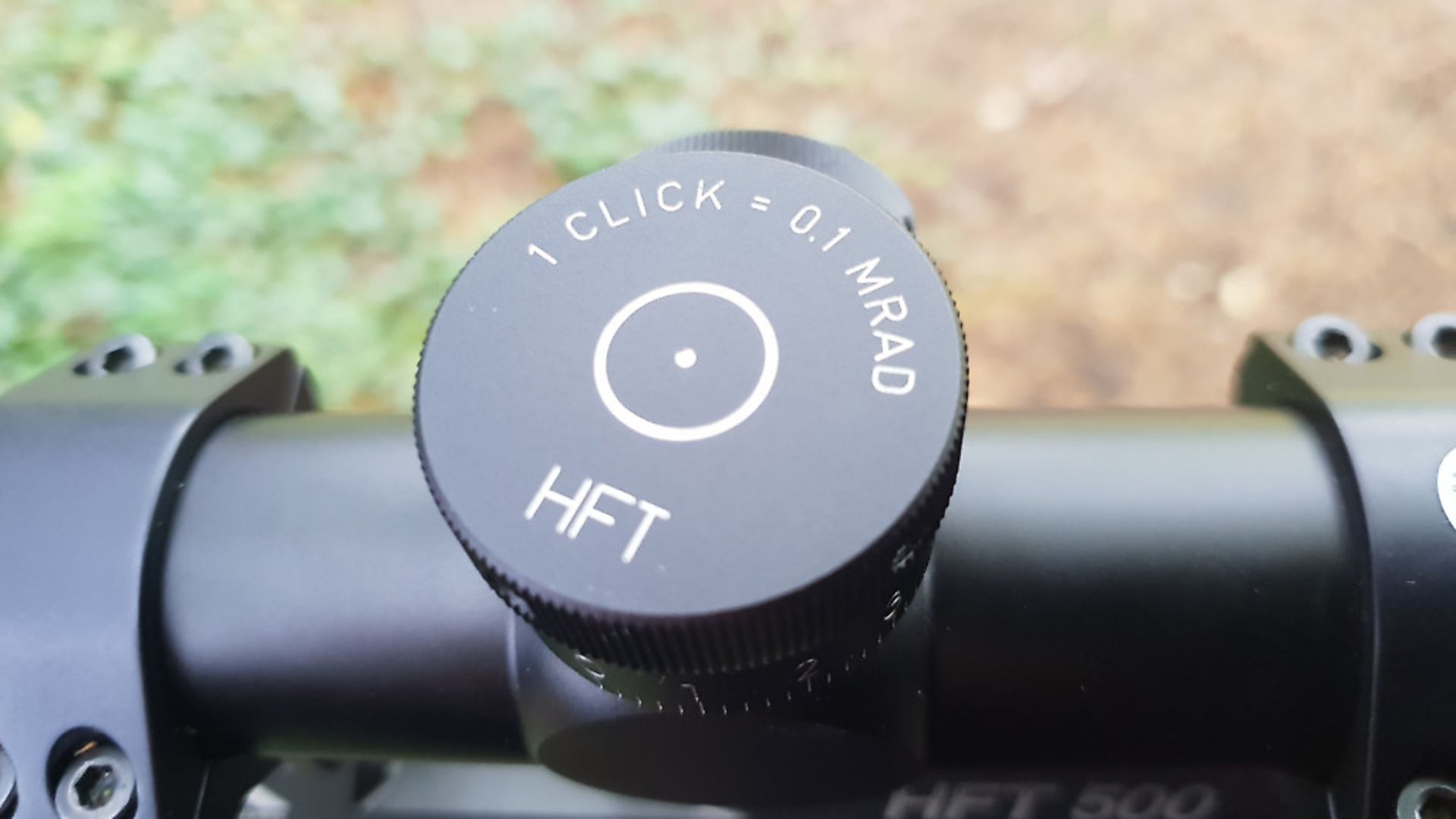 credit: Archant
credit: Archant
Reader's question
Okay, now that I have tried to explain that, and the blood has stopped pouring from my ears, it's time to look at the new Schmidt and Bender PM2 HFT. I have had this scope now since the HFT Europeans and I have to admit, the lenses are absolutely stunning. Having this scope has also given me the chance to answer a question from a reader. I was asked, 'Gary, why do some scopes cost upwards of a thousand pounds, but some scopes only a few hundred? Is there an advantage to better glass?'
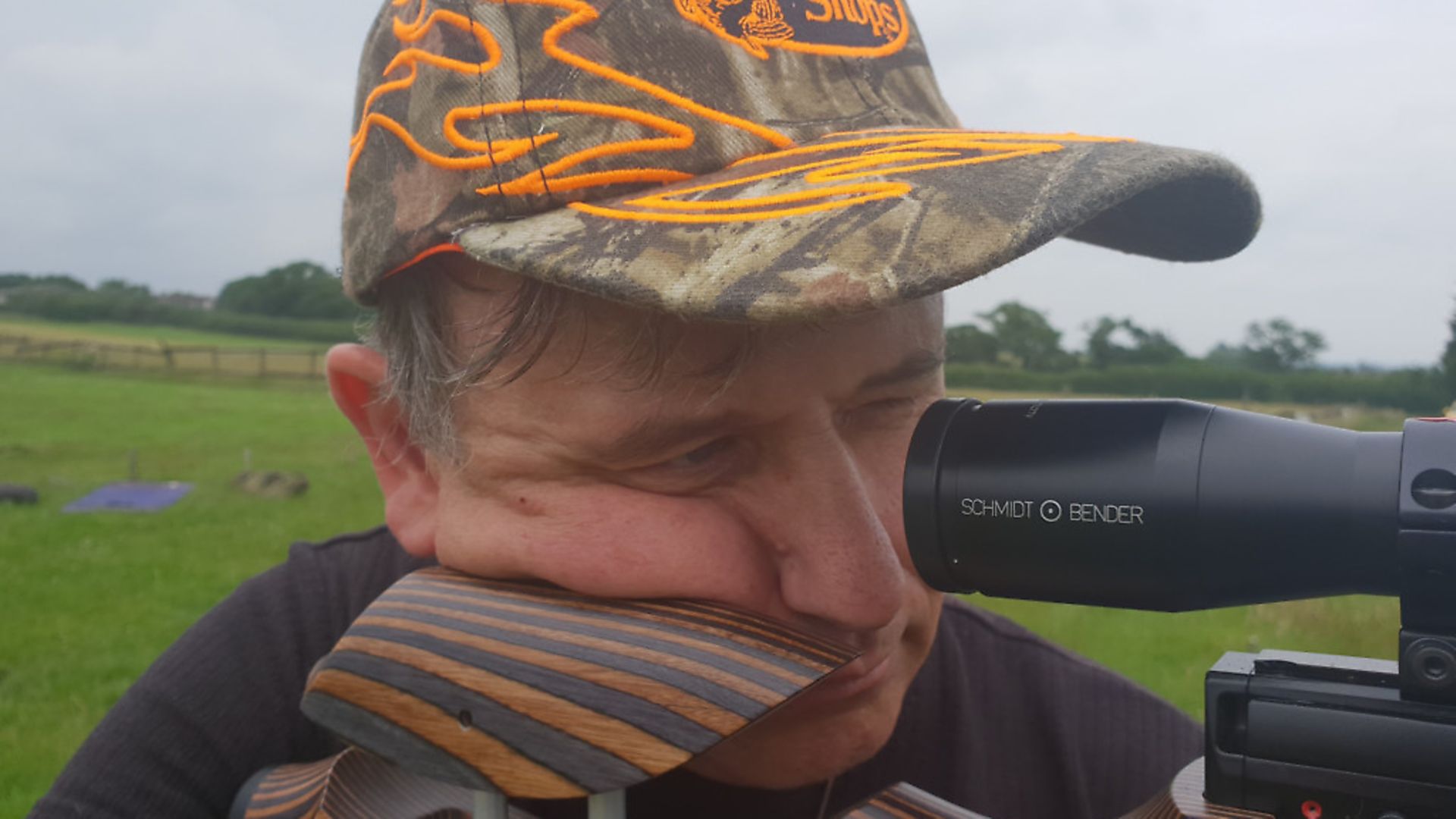 credit: Archant
credit: Archant
Well, to start with, it would be fair to say that when it comes to quality, you do not get much better then Schmidt and Bender. They have had a reputation in both the target community, and military and police, for unrivalled build quality and optical clarity for many years. With that said though, we are not shooting 50 cal Barret long rifles, we are shooting sub-12 ft.lb. air rifles, but quality is still important.
As we get older, our eyes start to deteriorate and there comes a time when we need some help. For me, using the Schmidt is like looking at a target in HD. Yes, other scopes will give me a great sight picture, but with this PM2 HFT you can start to look for more information on a target plate. At 45 yards, instead of looking at a kill zone, you can see the individual pellet strikes in the kill zone, and this can be done not just on a bright sunny day, but when dusk is coming in and also in a dense woodland. In fact, in poor light the Schmidt is stunning. When testing in my back garden, the light gathering was better than my own eyes; at 45 yards I couldn't make out the kill zone of a target, but when looking through the scope, I could not only make out the kill, I could also still see some individual pellet strikes. I don't know what coating they use on this scope, but I would like it applied to my eyes please.
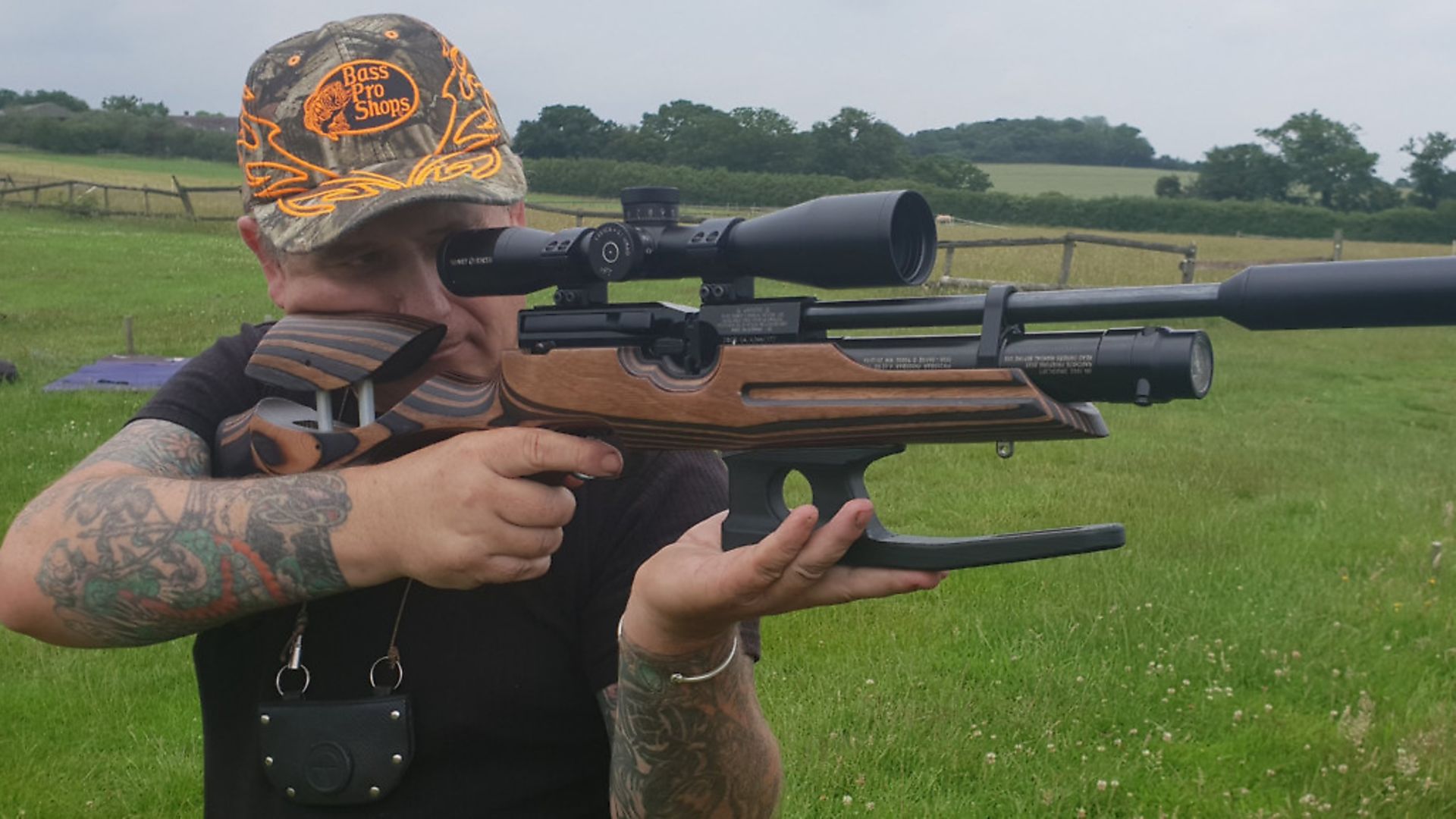 credit: Archant
credit: Archant
High definition
This high-quality glass is such an advantage. If you look at a target a long way off and you are not sure if it closer to 40 than 45 yards, study the target, and if there are multiple strikes below the kill zone then it's a good bet that it should be closer to 45 then 40. However, if you can see the paddle and all the strikes are high in the paddle, then there is a good chance it's near 40 yards, and if they are all in the middle, then 42 (ish).
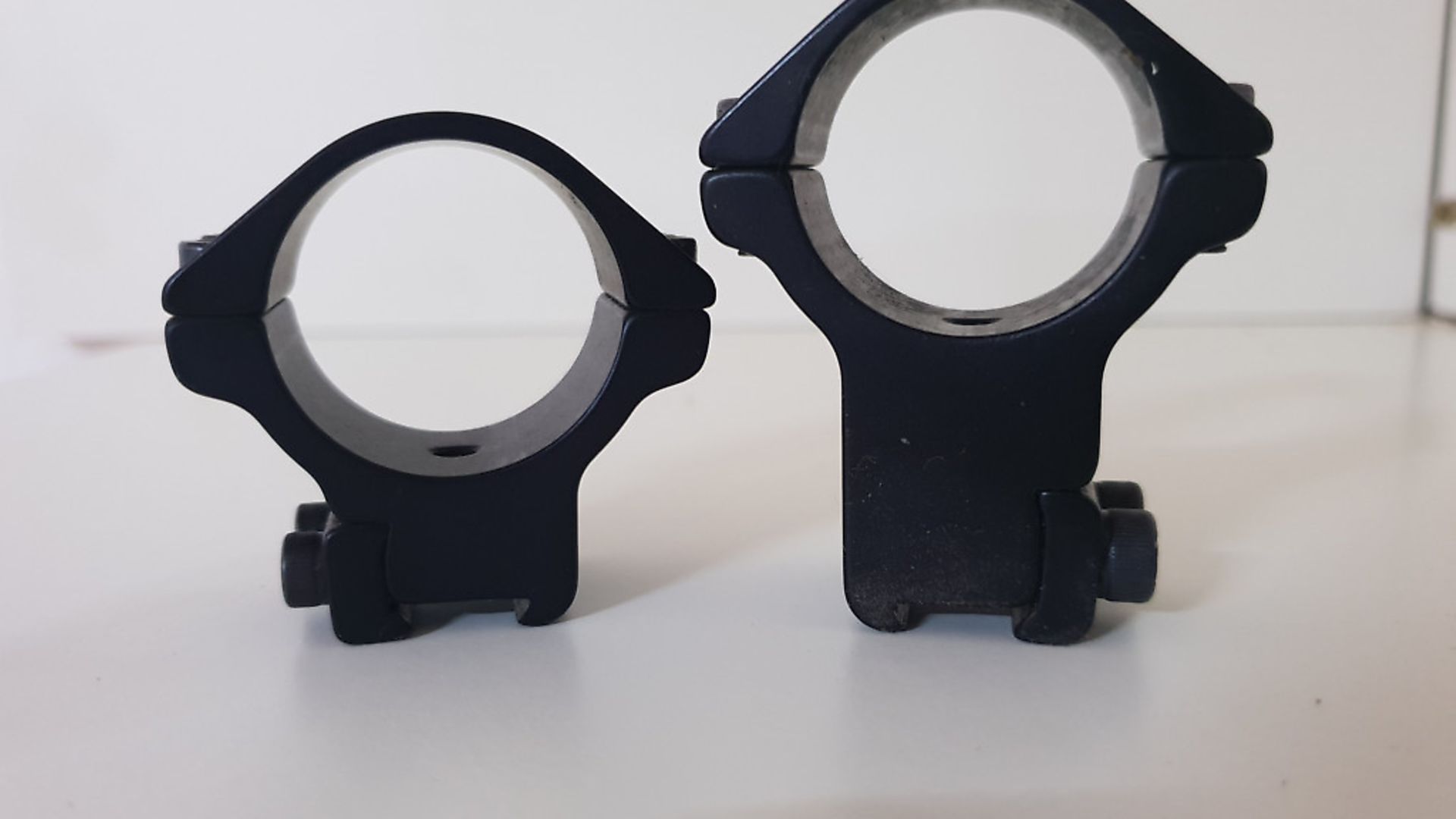 credit: Archant
credit: Archant
Also, with the high definition of the glass, you can pick up on the slightest of movements from a blade of grass or leaf falling down. This can be a huge advantage because it can show you if there is a wind drift that you had not spotted at the peg.
Looking at the scope, though, it is parallaxed at 22 metres, or 23 yards, and this will give you a clear image from 12 to 45 yards and crystal clear from 15 to 41 yards. You can alter the blur in the scope by adjusting the fast focus at the ocular end, and this gives you adjustment from -2 to +3. The turrets are tactical and give a positive click and as these scopes are designed for high-recoil bullet guns, they are going to be fine on a PCP or a springer. In fact, I know one person who has a PM2 on his .223 on Weaver mounts and he swaps it to his 22LR and his .22 HW97.
Scope magpie
I like a nice scope, but I also wanted to get the opinion of a true scope magpie. Jason Lockett is not only the .22 National and World HFT title holder, but he is also a scope collector, hoarder and aficionado, and I asked him what he thought of the PM2.
Jason told me: 'The glass is amazing; clear and bright with plenty of adjustability in the fast focus'.
He went on to say that optically, it was up there with the best Leupolds and Marche's, but we did both agree on one thing. The scope at the moment comes with the standard mil-dot reticule, and I have been told that it might become available with the P4 fine, which is a half mil-dot ret., and for me, this would be an absolute must.
The other thing that Jason liked was the parallax error in the scope. I know this sounds a bit odd, but a lot of shooters use PX error to rangefind. If you don't know what this is, basically, you place the cross hairs of your scope on a fixed point and move your head, If your parallax is set at 23 yards and you are looking at a 40-yard target, you will see the cross hairs move in and out of the kill zone. Now move your head to the left or right until the scope blurs out, and then move your head until you can just start to see the target and place the cross hairs on the edge of it and keep moving your head to the right. You can then count how many mil-dots the scope will move until it blurs out again on the other side. Make up a chart, and this will help you to rangefind on an HFT course. This form of rangefinding is used by HFT World Champion, Simon Vant, so it can't be all bad. Some scopes have very little PX error and these cannot be used for this type of rangefinding.
The Schmidt and Bender PM2 10x42HFT is a great scope, wonderful quality from a great manufacturer, but personally, I would want the P4 Fine reticule because the P3 mil-dot is too thick for me.
Information
Eye relief: 90mm
Tube: 30mm
Weight: 575g
Length: 336mm
Illuminated: No
Recticle: Mil-dot P3
RRP: £1390
Website: schmidtundbender.de/en/find-a-dealer